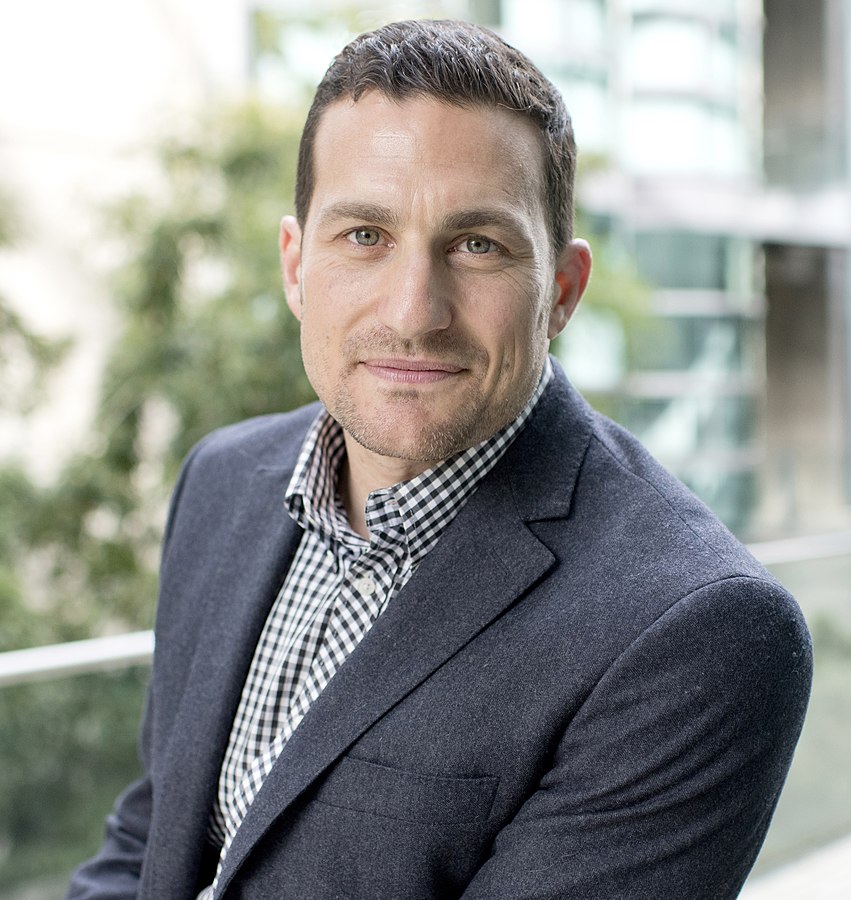A lot of us struggle to relax in the modern world, this may be due to chronic stress, anxiety, overworking, or a combination of them all. Andrew Huberman’s NSDR could be an effective way to practice conscious body relaxation to give yourself the rest you deserve and most likely need.
In this post we’re going to cover, who is Andrew Huberman, what exactly is non-sleep deep rest (NSDR), how we can practice NSDR, and its impact on sleep, productivity, and stress.
Who is Andrew Huberman?
Andrew Huberman is a neuroscientist and professor at Stanford School of Medicine. Andrew is best known for his podcast, Huberman Lab, which launched in 2021 and has grown exponentially in popularity. He has been featured on other famous podcast platforms including the Joe Rogan Experience.
Huberman has made many impactful scientific contributions to brain function & development and neural plasticity, which is the nervous system’s ability to reprogram itself to a new set of behaviours and skills.
Part of Huberman’s approach to his communication is translating neuroscience into positive habits that can be used in our day-to-day lives. Huberman has brought great awareness to some important topics including:
- Cold water therapy
- Dangers of alcohol
- Importance of dopamine
- Non-sleep deep rest
- Improving sleep

What is NSDR?
Non-sleep deep rest is a technique to achieve deep relaxation within the mind and body. This approach was developed by Dr. Andrew Huberman, and involves controlled breathing and conscious body awareness to enable a state of great relaxation. NSDR’s main benefits are reduced anxiety and stress, improved energy and focus, and better well-being overall.
The NSDR practice is a type of meditation and can also be known as yoga nidra, the practice is carried out whilst maintaining consciousness. NSDR can shift us from a state of stress to a state of deep relaxation by activating our parasympathetic nervous system and triggering the release of serotonin. This practice has been known to improve the quality of sleep, memory, and cognitive function.
How to practice NSDR
Practicing NSDR is not overly complicated, it involves simply getting comfortable and repeating a series of breathing exercises with long exhalations through the mouth, paired with scanning the body to enable progressive muscle relaxation.
The ultimate goal is to attain a state of awareness where the mind and body are at complete rest whilst still being conscious. Some people practice NSDR before bed to allow for a better quality of sleep.
To practice NSDR you can follow the below:
- This practice should last around 10 minutes
- Get comfortable, lay down, or sit in a comfy chair, whatever is most comfortable for you.
- Close your eyes
- Do not force any breathes, try to stay relaxed
- Inhale deeply through the nose and exhale completely through the mouth
- Exhale through perched lips, as if exhaling through a straw
- Scan from the top of your head to your toes, identifying any tightness in the body.
- Consciously relax those parts of your body
Follow the below video guide to practice NSDR with Dr. Andrew Huberman. If you want to look for alternative video guides, simply search “yoga nidra” on YouTube.
Benefits of NSDR
There are a range of powerful benefits from practicing non-sleep deep rest regularly. One interesting advantage of NSDR is that it has been shown to accelerate learning, practicing NSDR after an intense period of learning has been shown to accelerate plasticity by 50%. Another study also found that after 30 minutes of NSDR, resting dopamine levels were increased in the striatum (area in the brain) by 65%.
Practicing NSDR regularly can improve the quality of our sleep, by reducing our levels of stress and anxiety we can bring the body to a state where high-quality sleep is welcomed. Maintaining a good level of sleep is vital for our overall mental and physical well-being, by supporting a strong immune system and energy and focus levels.
Some people struggle with conventional meditation and may prefer guided NSDR videos to relax and unwind. Sundar Pichai, Google CEO prefers occasional guided NSDR videos over the usual meditation-type videos as he finds NSDR more effective for himself.



Leave a Reply